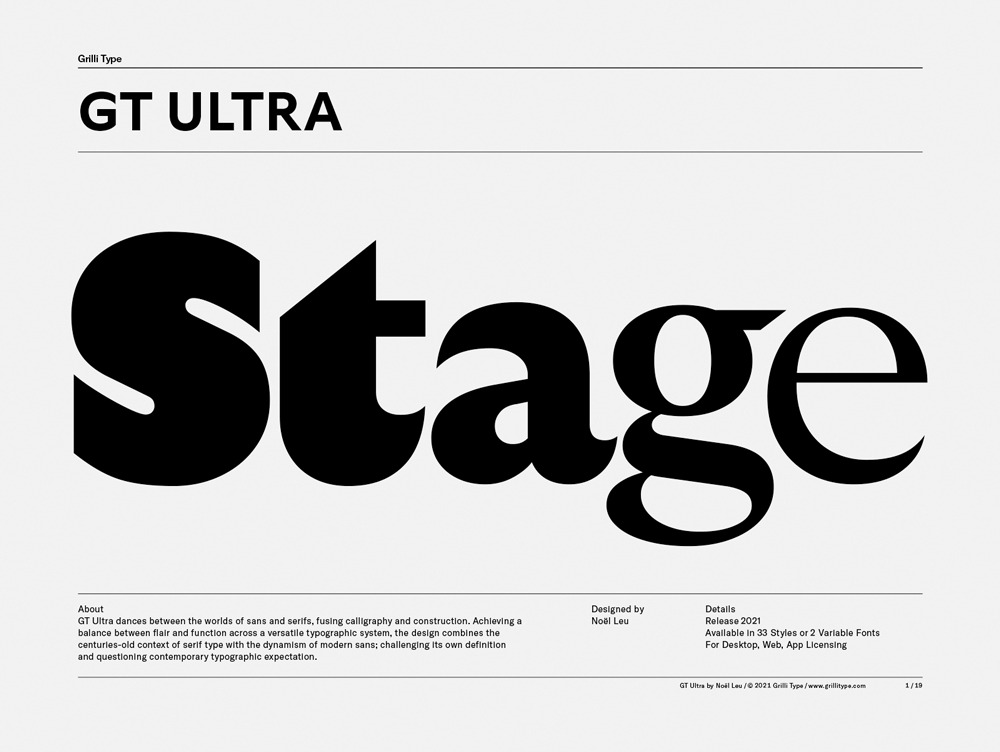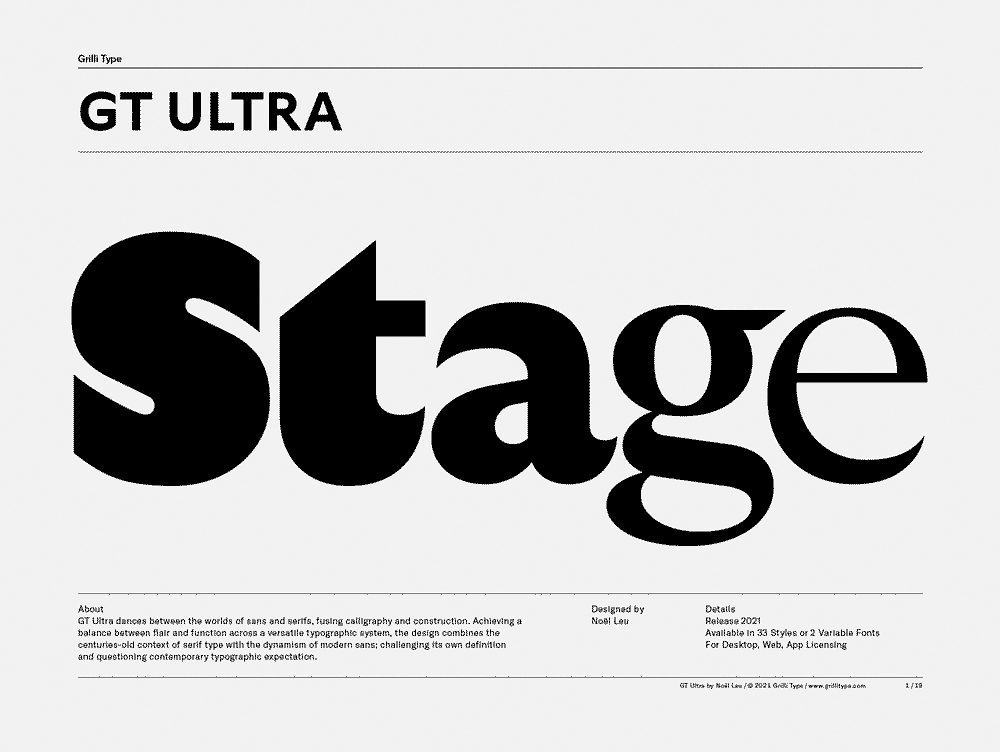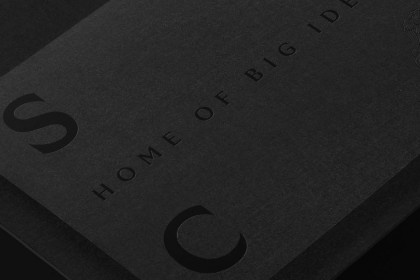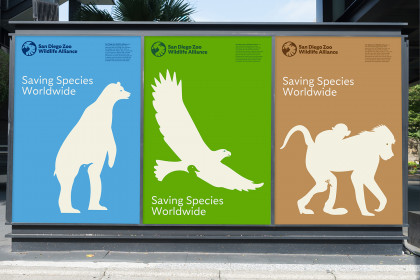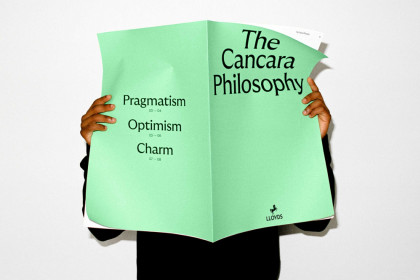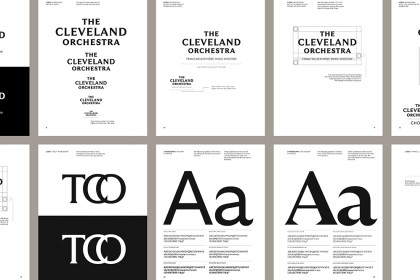GT Ultra
Family overview
- Standard
- Thin Italic
- Light Italic
- Regular Italic
- Bold Italic
- Black Italic
- Ultra
- Median
- Thin Italic
- Light Italic
- Regular Italic
- Bold Italic
- Black Italic
- Ultra
- Fine
- Thin Italic
- Light Italic
- Regular Italic
- Bold Italic
- Black Italic
- Ultra
Subfamilies
- Standard ThinDinner parties were more fun when you could lie.
- Standard Thin ItalicLaTurbo Avedon (b. 1988) is an avatar and artist creating work that emphasizes the practice of non-physical identity and authorship.
- Standard LightEarth is a Goldilocks planet, not close enough to its star to be burned to a crisp, not far enough away to be locked in eternal ice.
- Standard Light ItalicYao Mi thought hard for aminute, then her flying pen wrote several lines.
- Standard RegularEarth is a Goldilocks planet, not close enough to its star to be burned to a crisp, not far enough away to be locked in eternal ice.
- Standard Regular ItalicWe speak in italics, featherlight and ever so faintly.
- Standard BoldGarden scientists and collaborators work to develop sustainable management plans for protecting at-risk species and ecosystems.
- Standard Bold ItalicThese 3 styles’ stroke orders vary more, sometimes creating radically different forms.
- Standard BlackLaTurbo Avedon (b. 1988) is an avatar and artist creating work that emphasizes the practice of non-physical identity and authorship.
- Standard Black ItalicLast weekend, stylish crowds lined up outside the same building, now the KW Institute of Contemporary Art, to celebrate the institution’s 30th birthday
- Standard Ultra“Resistance and change often begin in art. Very often in our art, the art of words.” — Ursula K. Le Guin
- Settings
Typeface information
GT Ultra dances between the worlds of sans and serifs, fusing calligraphy and construction. The versatile typographic system combines the centuries-old context of serif type with the dynamism of modern sans; challenging its own definition and questioning contemporary typographic expectation.
Typeface features
OpenType features enable smart typography. You can use these features in most Desktop applications, on the web, and in your mobile apps. Each typeface contains different features. Below are the most important features included in GT Ultra’s fonts:
- SS01
- Alternate g
Aggregates
Typeface Minisite
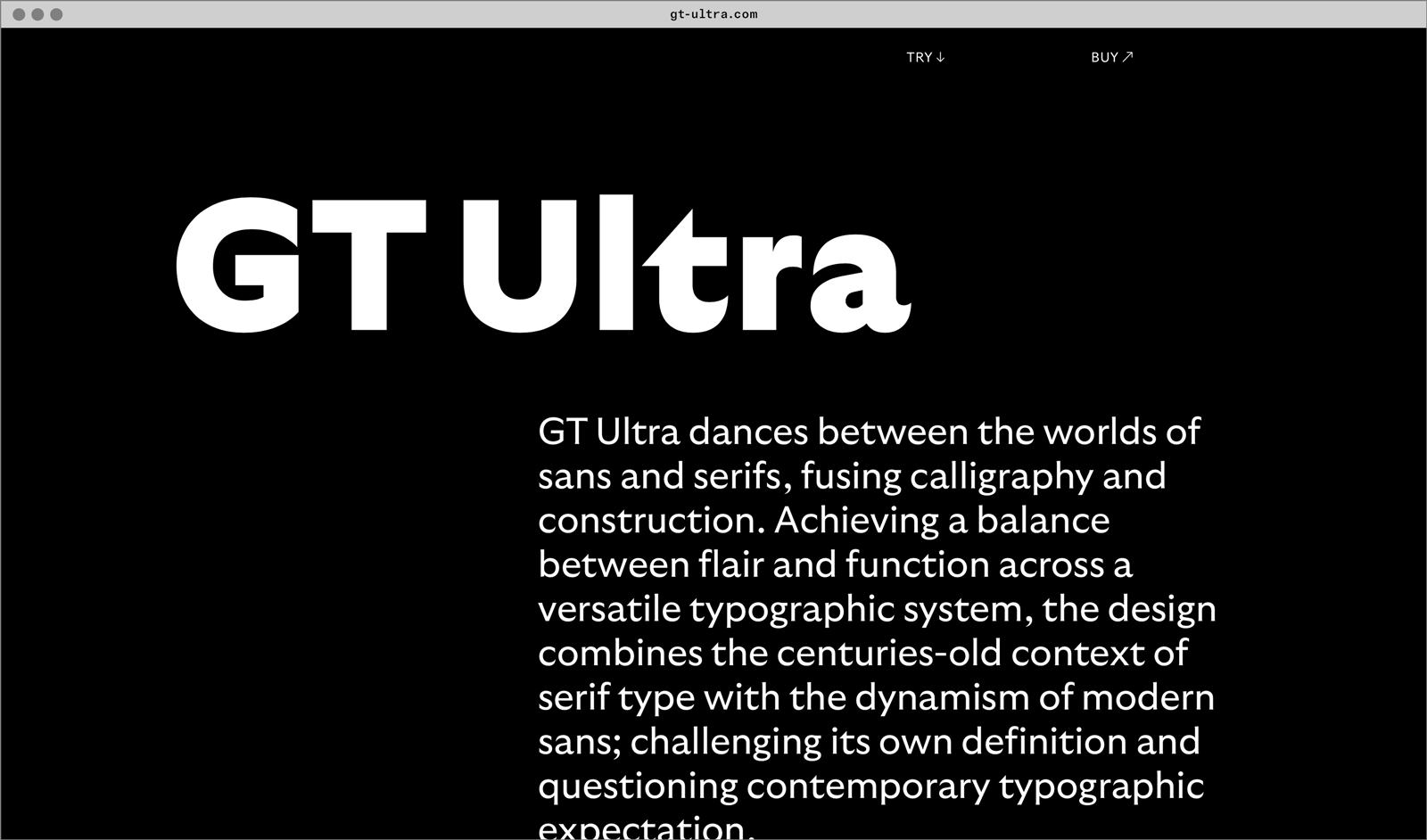
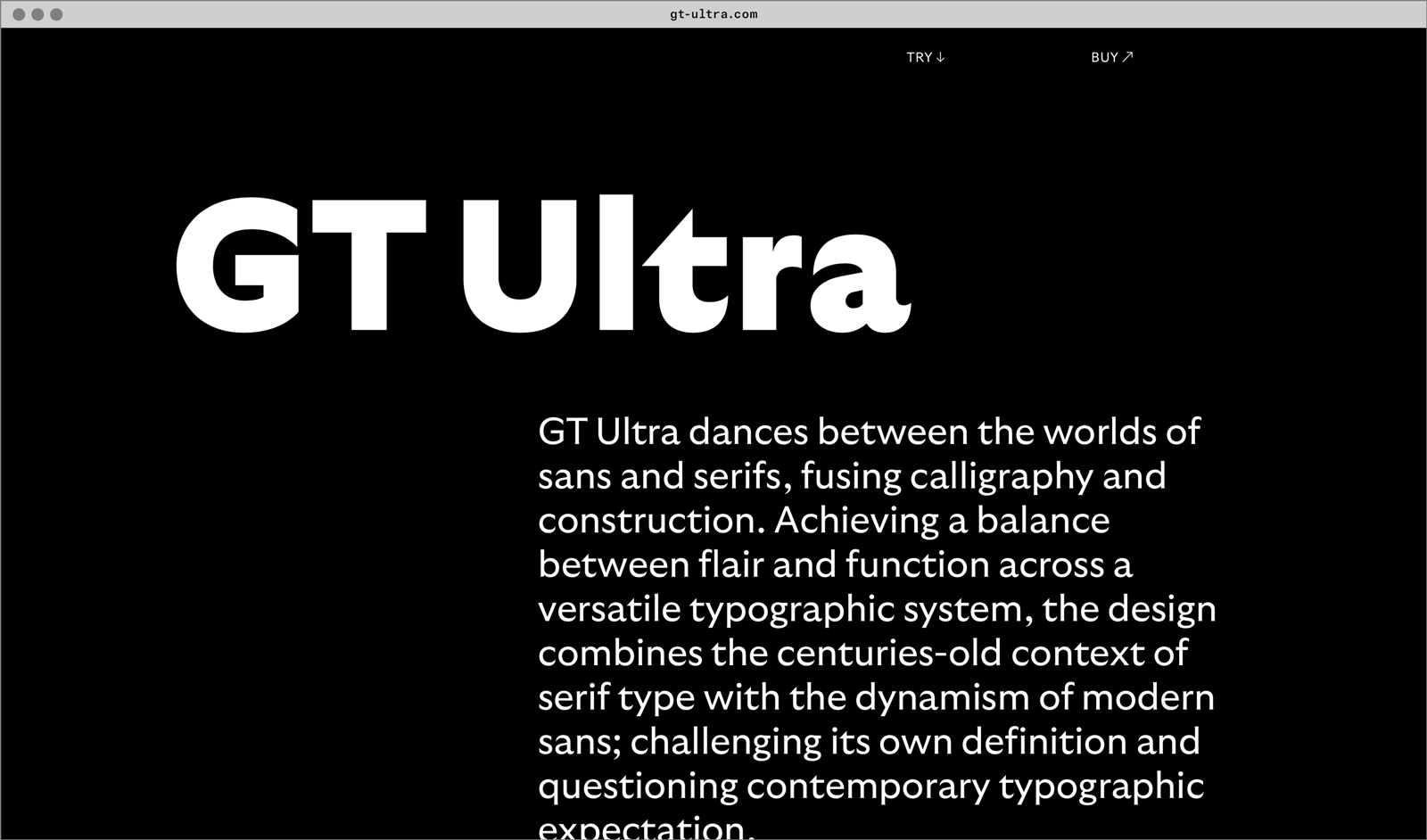
- Visit the GT Ultra minisite to discover more about the typeface family’s history and design concept.
GT Ultra in use
